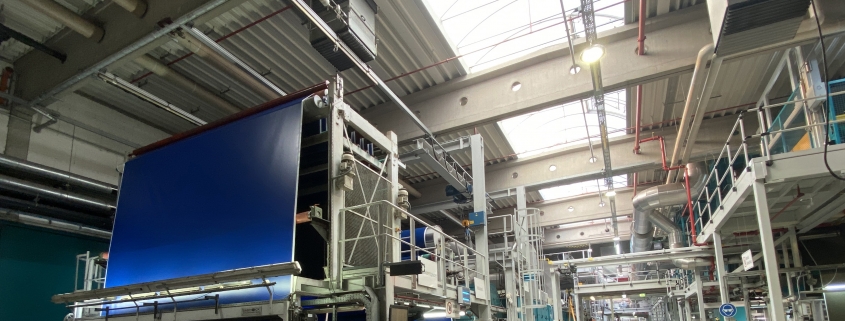Update on raw material markets: Global market drivers
Interview with Heytex-Management on current market situtation. Oct 2021
Global market drivers on supply chains for technical textiles producers.
Fabian Kampsen and Robert Lerch represent the Management Board of the Heytex Group. Fabian is a “home grown” Heytex Manager and since 2020 in the position of Commercial Director. Robert came to Heytex some 4 years ago being the Global Procurement Director with a proven record from various international assignments in different industries. Regarding the current market situation for Technical Textiles, both got together reflecting on the actual developments.
Fabian: Hello Robert, when we conducted our last interview 4 months ago you mentioned “It will remain challenging!”. Looking back to this statement how challenging was it?
Robert: Hello Fabian, indeed these are the most exciting and challenging times I ever came across in my long industry business life. And to anticipate this already, it will remain similarly challenging!
In addition to further rising purchase prices, the availability of any raw materials is currently the greatest challenge, which we have mastered well so far and have not had to record any production breaks due to missing raw materials.
Fabian: The current shortages in the power supply in China are not very prominent in our media. What is the background on this and, above all, what impact does it have on the supply chains for technical textiles?
Robert: Due to reduced availability of energy sources, primarily coal for power plants, and because of environmental protection measurements, the Chinese government decided to allocate energy quantities. Consequently, this leads to delivery bottlenecks in the supply of yarns and base fabrics, as manufacturers cannot utilize their complete production capacities. Yarn producers currently have to schedule with at least 30% less capacity. Heytex can absorb these bottlenecks due to buffer stocks, however, we continuously receive price adjustments reflecting the significantly reduced supply with increased demand at the same time.
Fabian: The development in raw material costs forced us to increase our selling prices exceptionally. Our customers are hoping for a decrease of prices for 2022.
How do you estimate the developments in raw material costs for 2022?
Robert:In general, we are preparing our supply chains for an ongoing strong demand. To ensure the best possible security of supply, a good forecast from our customers is therefore essential.
The oil price has now clearly exceeded the $80 mark, and in combination with high demand and a tight supply situation PVC prices just increased for the 16th month in a row and our suppliers expecting prices to rise even further in 2022.
Despite measurements taken, such as the commissioning of our own photovoltaic plant, the extremely rising electricity and gas prices in Germany are hitting us hard. The price of electricity on the stock market has tripled compared to the previous year, and gas has even quadrupled. The increase in the direct energy costs alone have an impact of a 7-digit amount compared to this year. Not to mention indirect increases such as temporary energy surcharges from suppliers of energy-intensive raw materials, such as up to €150 per ton for PVC.
One raw material group that has almost not been affected so far are flame retardant additives. Due to pre-product price increases caused by a lack of availability ex Asia, prices have doubled in a short time compared to Q1 2021. Here, too, no easing is expected for 2022.
The supply chains for manufacturers of technical textiles remain under strong pressure but are stable at Heytex. However, for the coming year, we expect raw material prices to to increase further and will be discussing this challenge with our customers in the coming weeks.
Supply Chain update

 Image: Heytex Group
Image: Heytex Group